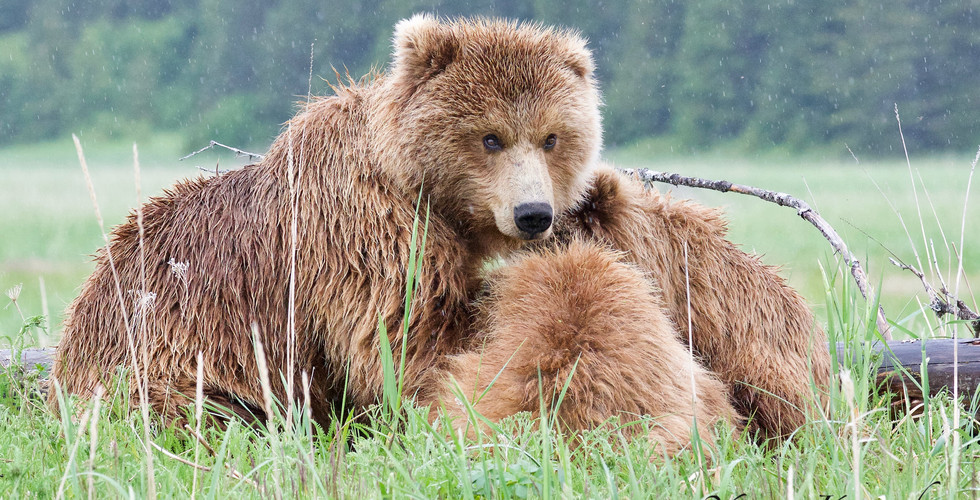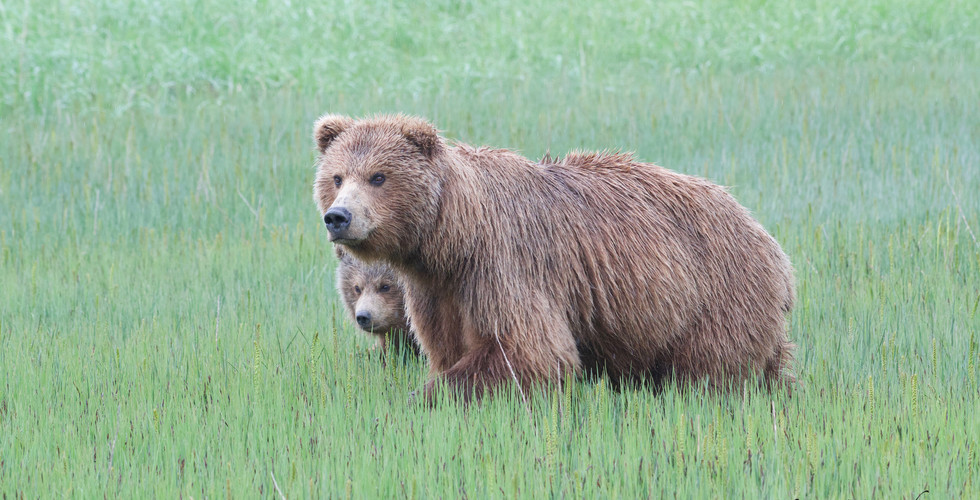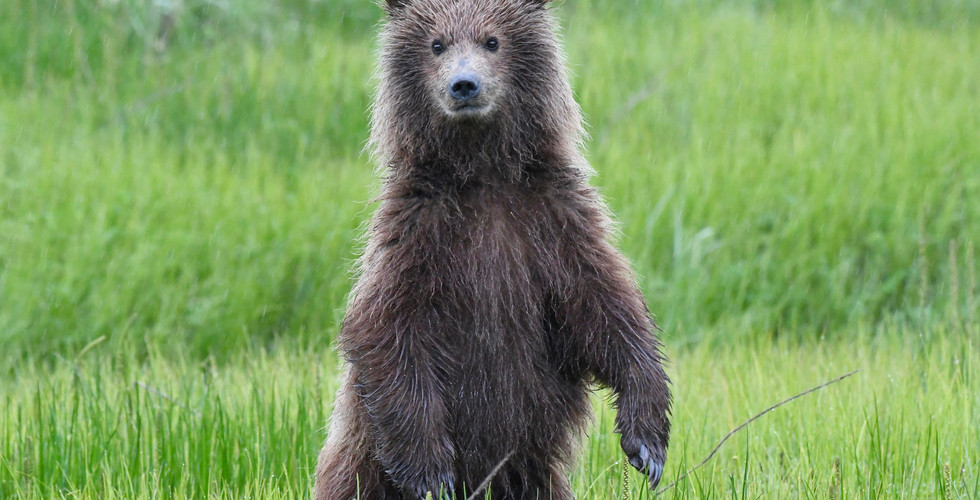Alaskan Brown Bears
- Yvonne Kippenberg
- Dec 4, 2018
- 2 min read
Alaskan brown bears are the largest brown bears. They require a high caloric intake of food. They can eat up to 90 pounds of food in the summer and fall, gaining around three to six pounds of fat each day in order to store fat for the winter.
The bears are very adaptable; they consume a wide variety of foods including Salmon, ground squirrels, moose, rodents, berries, grasses, sedges, cow parsnip, fruits, leaves and roots.

When laying down to rest, Alaskan brown bears dig “belly holes” to accommodate their food-filled bellies.
They dig dens for the winter hibernation, often in a suitable hillside. Females den while pregnant and give birth during this winter rest, usually to a pair of cubs. Brown bear cubs nurse on their mother’s milk until spring and stay with her for some 2 1/2 years, so females only reproduce once every three years.

Despite their enormous size, brown bears are extremely fast, having been clocked at speeds of 30 miles per hour. They can be dangerous to humans, particularly if surprised or if a person gets between mother bear and her cubs.

Their height ranges from 3-5 feet at the shoulder and 5-7 feet in length. Very large ones can measure almost 9 feet tall when standing on their hind legs. They weigh between 200 and 1000 pounds depending on sex, location and season.
Their average life span is between 15 and 25 years.

Brown bears can be distinguished from American black and polar bears by their distinct shoulder hump, dish-shaped face and long claws. The colors vary from black to blonde.
Brown bears, also known as grizzly bears can be found in many National Parks. The name grizzly usually refers to bears living inland, away from the coast. While bears of the same species might look similar, everything from their size, coloring, diet and sleeping patterns depend on the bears’ location. A bear’s diet varies depending on what foods are available during specific season in a specific region.

Adult brown bears lead fairly solitary lives but will be found together when there is abundant food or during mating season. The life cycle of brown bears in Yellowstone is very similar to that of a brown bear in Alaska.

Female bears do not mate until they are at least 4 to 6 years of age. Mating season occurs from mid-May to mid-July and bears will mate with multiple partners during the season.

When the female enters her den in the fall, the embryo will start to develop. After about 8 weeks the cubs are born. They are born tiny and hairless, sometimes weighing less than half a pound. They spend the winter sleeping and nursing, warm in their dens with the mother. By spring, the cubs will have grown and weigh anywhere between 4 and 8 pounds. Mother and cubs emerge from their dens in search of food. Male grizzlies have no part in raising cubs. In fact they may pose a treat to the cubs; mother bears are very protective of their young.
































































































































































































































































































































Comments